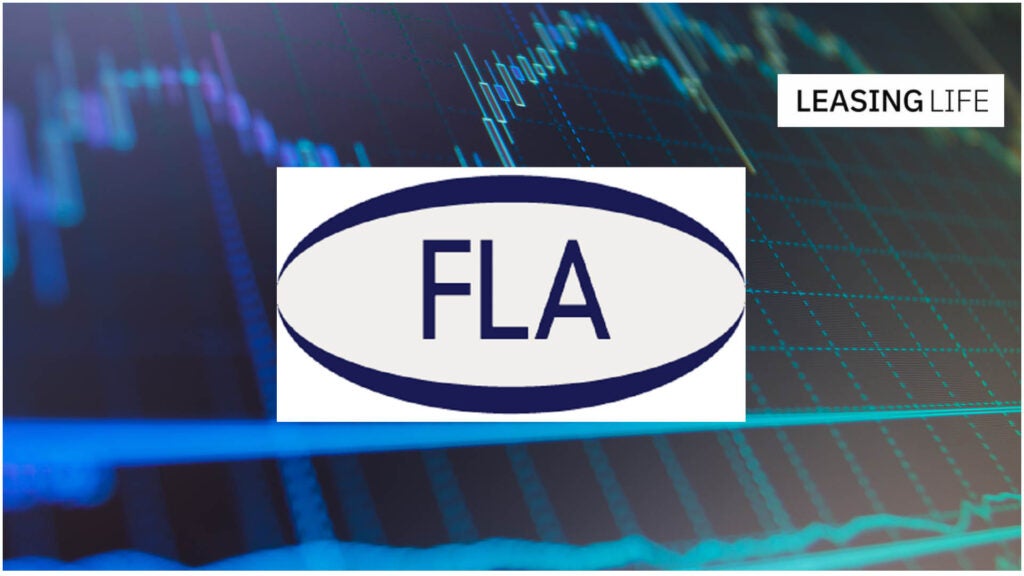us into a rethink of our acquisition methods for company cars, asks
Dan Rees.
company cars. The radical changes to VAT rules relating to leased
vehicles introduced at that time triggered an exodus into leasing.
However, the VAT recovery advantage is balanced against the
Expensive Car Leasing Disallowance (ECLD), a restriction on the
amount of tax relief that can be obtained on rentals for cars with
a retail price exceeding £12,000.
It has been widely believed since 1995 that the
tipping point for where purchasing becomes more favourable than
leasing is when the price of a car exceeds approximately £20,000,
for an ordinary trading company. This may be the case for deferred
purchase, but not necessarily so for outright purchase.
Outright purchase is like borrowing from company
funds; there is a borrowing rate, a cost of funds associated with
it. Leasing is effectively borrowing from a third party. When we
choose a mortgage the aim is to go for the cheapest rate, which is
exactly what happens here.
Our fleet modelling software shows that the higher
the company’s cost of funds (the greater the return on each pound
invested in the business) the more likely it is that leasing is a
more cost-effective option than outright purchase, outweighing the
disadvantage of the ECLD. The tipping point is actually a cost of
funds rate rather than a price of car and this is different for
each company.
From 1 April 2009 there will be fundamental changes
to the way corporation tax relief will be claimed for the
depreciation of cars (capital allowances) depending on CO2 emission
levels, with 110g/km and 160g/km becoming the key levels. Also from
2009, the ECLD was scrapped and replaced by a new flat rate leasing
disallowance of 15 percent affecting only those cars emitting
161g/km and above. So how will these changes impact on the lease or
buy decision?
Lease v buy
A company’s costs are likely to be
affected whether it buys or leases cars. Lessors, who buy cars to
lease on, may look to pass those additional costs on in higher
rentals. Therefore, the cost of ignoring these changes could be
substantial.
How well do you really know your competitors?
Access the most comprehensive Company Profiles on the market, powered by GlobalData. Save hours of research. Gain competitive edge.

Thank you!
Your download email will arrive shortly
Not ready to buy yet? Download a free sample
We are confident about the unique quality of our Company Profiles. However, we want you to make the most beneficial decision for your business, so we offer a free sample that you can download by submitting the below form
By GlobalDataThe removal of the £3,000 per annum cap on capital
allowances has an interesting effect. For a car priced at £30,000
in the 20 percent pool (111g/km-160g/km), the first year capital
allowance will be £6,000, double what it is currently.
In the second year it will be £4,800, again higher
than currently. The company would probably recover less relief over
the car’s life on the fleet, but it recovers a higher amount
sooner. In the context of a mortgage, this is similar to paying
large chunks off early, reducing the total amount of interest to
pay and reducing the cost of the loan overall.
In tandem to that, the removal of the rental
disallowance currently based on price could potentially lead to
efficient, high residual, high-value cars costing less going
forwards than they do now.
Similarly, a car priced at £50,000 in the 10
percent pool (over 160g/km) will have a first year capital
allowance of £5,000 and £4,500 in the second year, a less
significant cash flow advantage to those cars above, but still
useful. In addition, these high-end value cars which currently have
a large rental restriction based on price will have only a flat
rate of 15 percent going forwards. The demise of these cars from
fleet has been widely predicted, but it may not necessarily be
so.
Cheaper cars in the 10 percent pool could suffer
from both the capital allowances deferral effect, manifested in
increased rentals, and the fact that where currently there may not
be much of a rental restriction because of their low price, there
would be the flat rate of 15 percent. These cars may become
unattractive to the fleet market, which is presumably the
intention.
The abolition of a rental disallowance for cars
emitting sub-161g/km means most companies will be better off
leasing these cars. For any car emitting over 160g/km it is likely
that leasing is again the most cost-effective method, unless the
company has a very low cost of funds.
Until leasing companies release their post-April
2009 pricing, and residual values settle down in these uncertain
times, it is difficult to predict for certain, but from a purely
financial standpoint it looks as if leasing could become the
dominant method of funding for most cars.
We always advise companies to include all funding
costs in the whole life cost calculations, using discounted cash
flow techniques available in our software to calculate the true
after tax cost of the car. The way to a perfect fleet is certainly
not about finding the cheapest prices on the internet.
The author is a business car
consultant at Deloitte & Touche







